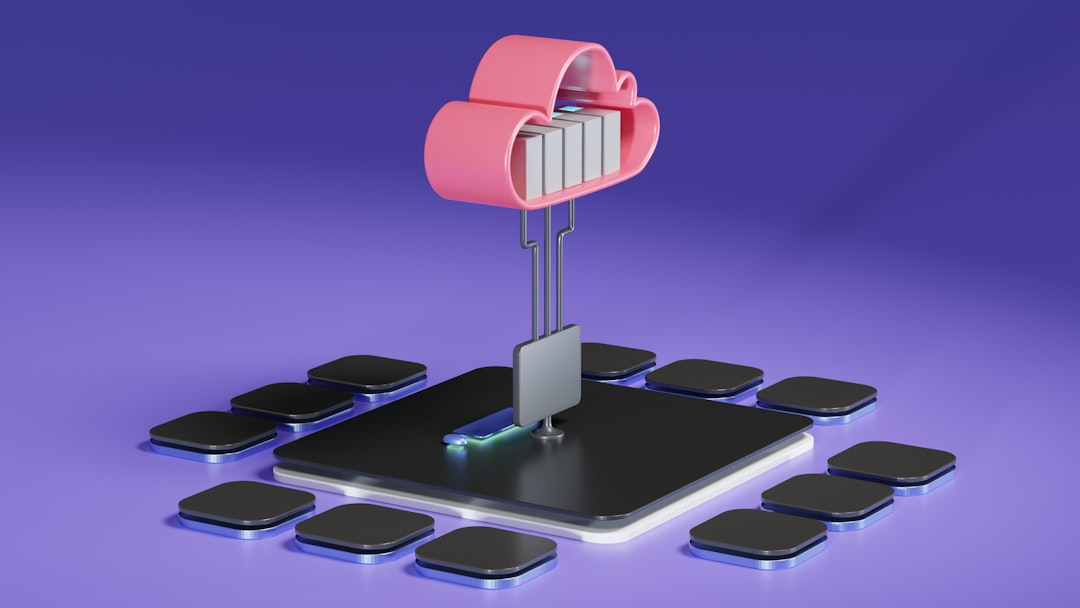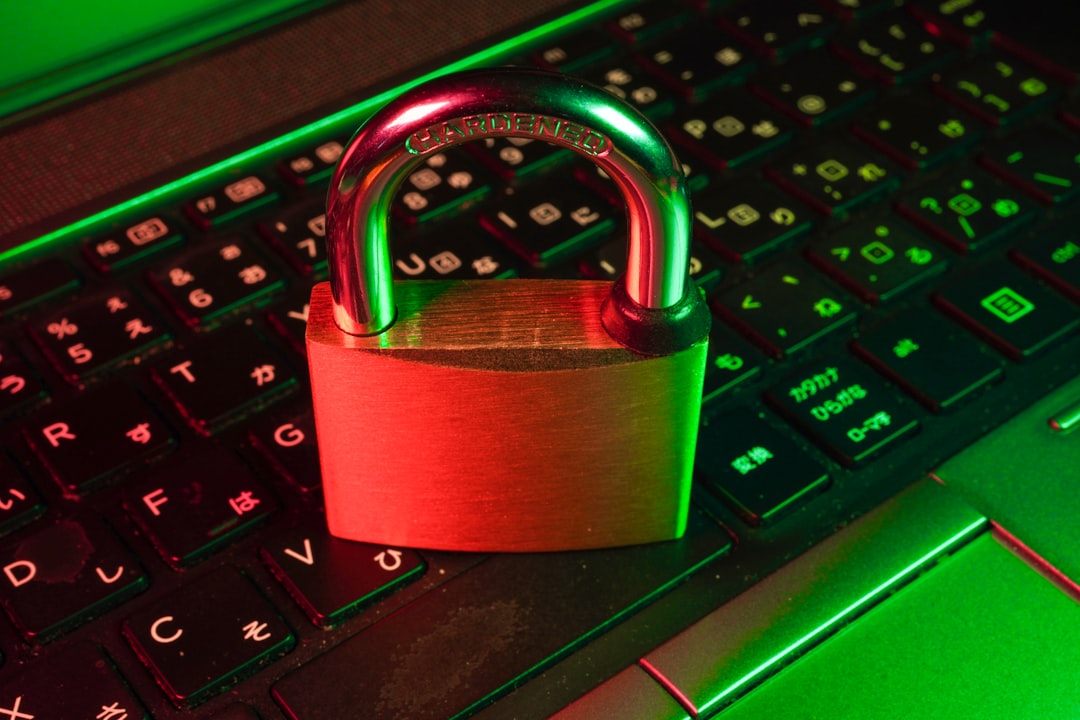In today’s fast-paced digital landscape, many organizations opt to rent tech equipment—such as laptops, tablets, servers, and printers—to stay flexible, reduce capital expenditures, and scale operations quickly. However, along with the convenience and cost-effectiveness of renting comes a major concern: data privacy. When businesses use third-party equipment, they expose themselves to potential data leaks if effective security measures aren’t in place.
This article dives into how businesses can ensure their data remains secure and private when using rented tech equipment. Whether it’s a short-term rental for a trade show or a long-term leasing agreement, following best practices can significantly reduce your risk.
Understand the Risks
Before diving into solutions, it’s important to understand what’s at stake. Rented equipment may carry:
- Residual data from previous users
- Security vulnerabilities due to outdated software
- Hidden malware or spyware
Additionally, if your own sensitive data remains on a device after it’s returned, it could fall into the wrong hands—potentially causing reputational and financial damage.

Choose the Right Vendor
A secure rental experience begins with selecting the right tech rental provider. Look for vendors that:
- Have ISO 27001 certification or similar information security credentials
- Offer pre-rental data wiping and equipment validation services
- Provide custom configuration options so you can set up your own security frameworks
Do your due diligence before signing a contract. Ask detailed questions about how they handle previous data, what measures they take during refurbishing, and how they ensure device integrity.
Implement Your Own Security Protocols
Even if your vendor checks all the boxes, it’s crucial to layer your own security solutions. Here’s how:
- Use encryption (e.g., BitLocker, FileVault) to protect data stored locally
- Restrict user permissions to limit access to sensitive data
- Install antivirus software and run a full scan before and after use
- Enable remote wipe capabilities so data can be erased if a device is lost or stolen
These steps help to protect your data whether the device is in your office, on the road, or being returned to the vendor.
Wipe Devices Thoroughly Before Return
One of the most overlooked steps in the rental cycle is the return phase. Businesses should perform a comprehensive data wipe on all rented equipment before sending it back. Here’s how:
- Use certified software tools for wiping (e.g., DBAN, Blancco)
- Delete user accounts and revoke authentication access
- Factory reset the device to its original state
Consider having IT conduct a post-wipe validation to confirm no data remains and create an internal audit trail for compliance documentation.

Negotiate Clear Terms in Service Agreements
Contracts can make or break your data privacy efforts. Ensure your rental agreement includes clauses that:
- Require the vendor to perform professional data erasure after every use
- Prohibit the use of your returned devices until they are sanitized
- Indemnify your business against damages caused by vendor mishandling
Having legal protections in place provides an extra layer of assurance and helps define accountability should something go wrong.
Train Your Team
Tech security is only as strong as its weakest link—often the user. Ensure employees who handle rented equipment are trained in basic cybersecurity protocols, including:
- Spotting phishing attempts
- Avoiding insecure Wi-Fi networks
- Locking devices when unattended
Make data privacy part of your organizational culture to reduce the chance of accidental lapses.
The Bottom Line
Rented technology, while cost-efficient and convenient, must be treated with the same caution as your owned devices when it comes to data privacy. By partnering with reputable vendors, implementing robust in-house security protocols, and ensuring thorough device wiping, businesses can safeguard their information assets effectively.
Remember, the goal is not just to protect your data while the rental is in use—but also to ensure there’s no trace of it once the tech leaves your premises. Stay vigilant, stay informed, and prioritize privacy at every step of the tech rental lifecycle.




